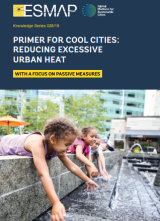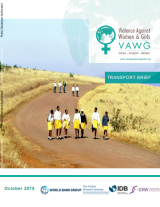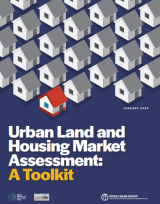-
Country/City
Globe. Ahmedabad, India and Bogota, Colombia
-
Topics
Transport
-
Published On
October 27, 2017
-
Author(s)
Hiroaki Suzuki, Robert Cervero and Kanako Iuchi
This study explores the complex process of transit and land-use integration in rapidly growing cities in developing countries. It first identifies barriers to and opportunities for effective coordination of transit infrastructure and urban development. It then recommends a set of policies and implementation measures for overcoming these barriers and exploiting these opportunities. Well-integrated transit and land development create urban forms and spaces that reduce the need for travel by private motorized vehicles. Areas with good access to public transit and well-designed urban spaces that are walkable and bikeable become highly attractive places for people to live, work, learn, play, and interact. Such environments enhance a city's economic competitiveness, reduce local pollution and global greenhouse gas emissions, and promote inclusive development. These goals are at the heart of transit-oriented development (TOD), an urban form that is increasingly important to sustainable urban futures. This book uses a case study approach. It draws lessons from global best-case examples of transit-oriented metropolises that have direct relevance to cities in developing countries and elsewhere that are currently investing in bus rapid transit (BRT) and other high-capacity transit systems. It also reports the results of two original in-depth case studies of rapidly growing and motorizing cities that introduced extended BRT systems: Ahmedabad, India and Bogota, Colombia. Two shorter case studies enrich the understanding of factors that are critical to transforming cities with transit.
Download the document from here.
14.46 MB



